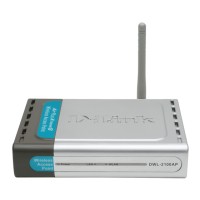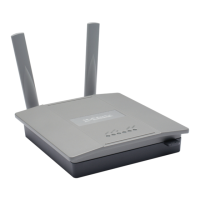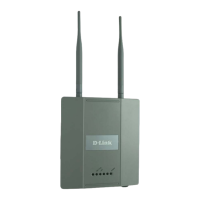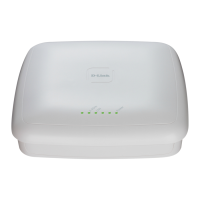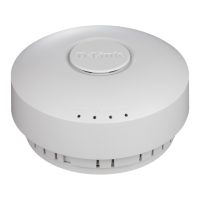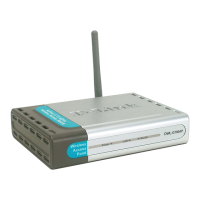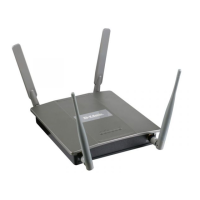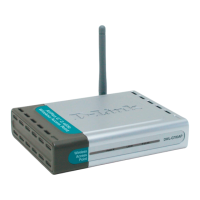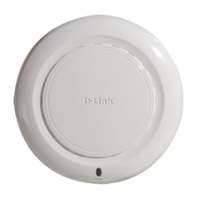Unied Access Point Administrator’s Guide
Page 70
January 2015
Section 5 - Conguring Access Point Services
Figure 37 - Modify QoS Queue Parameters
Field Description
EDCA Template Possible options are: Default, Optimized for Voice, and Custom.
AP EDCA Parameters
Queue Queues are dened for different types of data transmitted from AP-to-station:
•) Data 0 (Voice) — High priority queue, minimum delay. Time-sensitive data such as
VoIP and streaming media are automatically sent to this queue.
•) Data 1(Video) — High priority queue, minimum delay. Time-sensitive video data is
automatically sent to this queue.
•) Data 2 (Best Effort) — Medium priority queue, medium throughput and delay. Most
traditional IP data is sent to this queue.
•) Data 3 (Background) — Lowest priority queue, high throughput. Bulk data that
requires maximum throughput and is not time-sensitive is sent to this queue (FTP
data, for example).
AIFS (Inter-Frame
Space)
The Arbitration Inter-Frame Spacing (AIFS) species a wait time for data frames. The wait
time is measured in slots. Valid values for AIFS are 1 through 255.
cwMin (Minimum
Contention Window)
This parameter is input to the algorithm that determines the initial random back off wait time
(window) for retry of a transmission.
The value specied for Minimum Contention Window is the upper limit (in milliseconds) of a
range from which the initial random back off wait time is determined.
The rst random number generated will be a number between 0 and the number specied
here.
If the rst random back off wait time expires before the data frame is sent, a retry counter
is incremented and the random back off value (window) is doubled. Doubling will continue
until the size of the random back off value reaches the number dened in the Maximum
Contention Window.
Valid values for cwMin are 1, 3, 7, 15, 31, 63, 127, 255, 511, or 1024. The value for cwMin
must be lower than the value for cwMax.
cwMax (Maximum
Contention Window)
The value specied for the Maximum Contention Window is the upper limit (in milliseconds)
for the doubling of the random back off value. This doubling continues until either the data
frame is sent or the Maximum Contention Window size is reached.
Once the Maximum Contention Window size is reached, retries will continue until a
maximum number of retries allowed is reached.
Valid values for cwMax are 1, 3, 7, 15, 31, 63, 127, 255, 511, or 1024. The value for cwMax
must be higher than the value for cwMin.
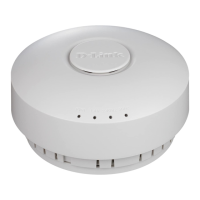
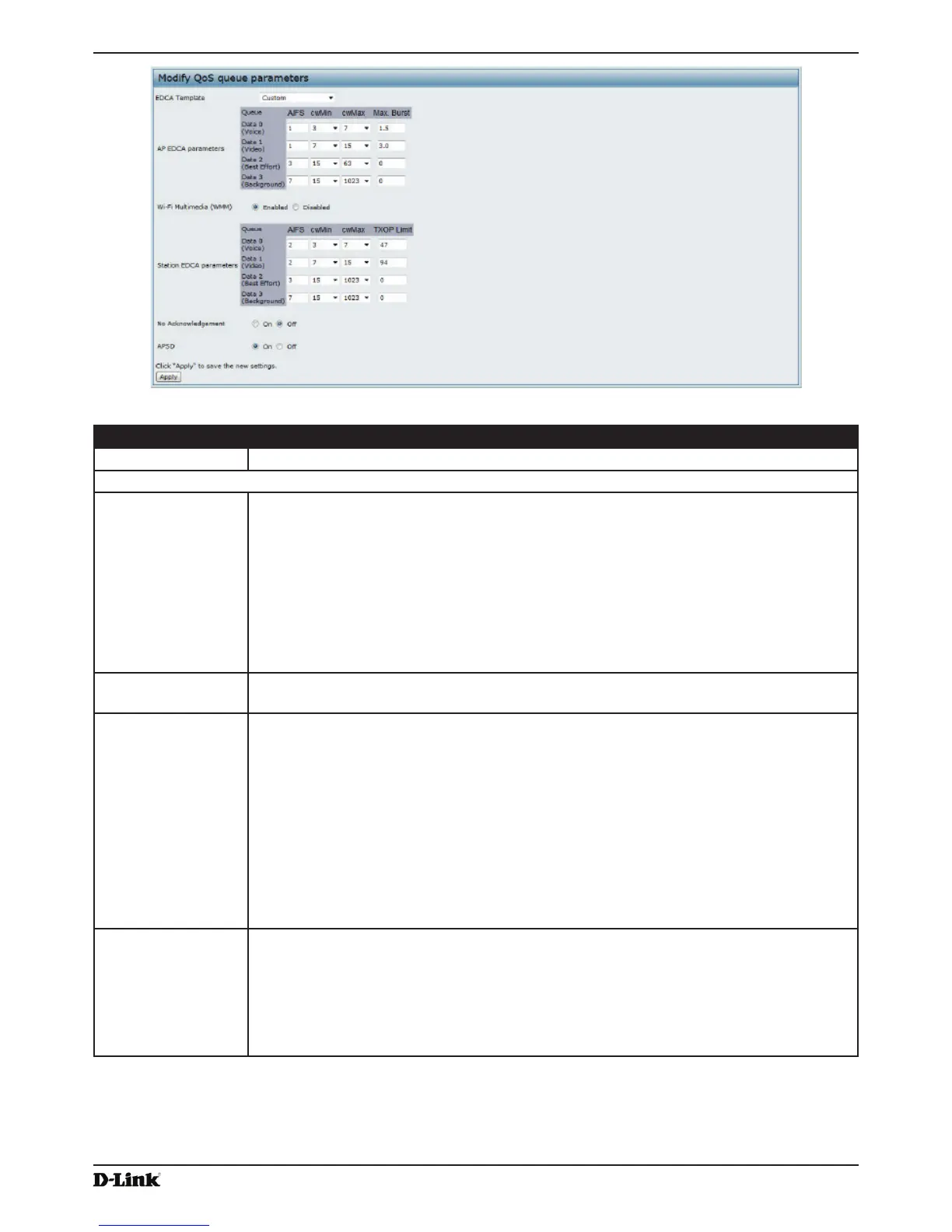